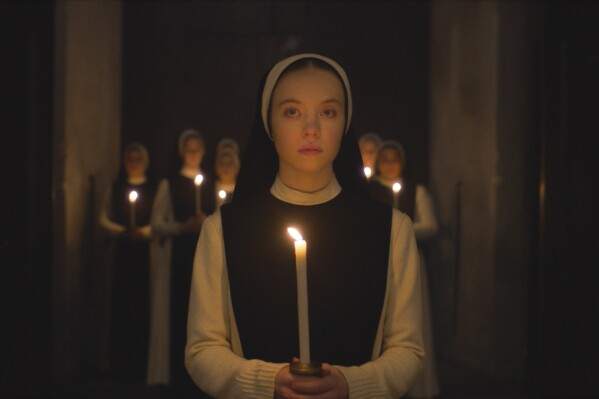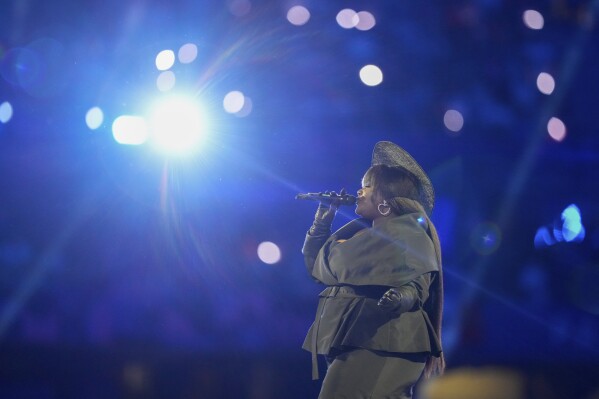Next Tuesday’s BBC Prom includes a rare performance of the orchestral version of Hammersmith: Prelude and Scherzo, by Gustav Holst, the 150th anniversary of whose birth falls next month. The piece was written originally for military band, commissioned by the BBC in 1930 when Holst was at his creative peak. His daughter Imogen observed that for the first time in his life he was “filled with a sense of well-being”. That contentment seeps out of every bar of Hammersmith, albeit unconventionally: the contentment of a man whose surroundings are secure and familiar, in Holst’s case his music room at St Paul’s Girls’ School in Hammersmith, and the bustling of the Broadway just a few hundred yards away.
But Hammersmith begins and ends with the Thames, to which Holst was also deeply attuned, and along the banks of which he loved to walk. The Proms will hear Martyn Brabbins conduct the BBC Symphony Orchestra in the orchestral version Holst made in 1931; only the second time it has been heard there. It took 42 years for its Proms debut, in a stunning 1973 concert that also included Elgar’s Cello Concerto and Vaughan Williams’s overwhelming Sixth Symphony. Holst would not have been flattered by such company, because Hammersmith is a masterpiece, a work of genius, the artistic equal of the other works. It has just taken too long for that to become obvious.
The work begins with basses and tubas playing a slow tune, echoing the perpetual, stately motion of the river, and it establishes a mood of reflection, grandeur, but also of potential; it is as if the sun were rising, and it is the prelude to frantic activity. The momentum picks up, and Hammersmith itself springs into life. The mood changes with a jolly tune on a piccolo, as if the composer had heard an errand boy whistle; and that is the bridge between the river and the people.
His daughter wrote of the depiction of “Saturday night crowds”, but Holst himself saw something more of the everyday about the boisterous central section of the work. He had sought to depict “a district crowded with Cockneys which would be overcrowded if it were not for the everlasting good humour of the people concerned”; but he was also always conscious of “the background of the river, that was there before the crowd and will be there presumably long after”. When, after a great climax to the revelry, the comparative calm of the river returns, one realises it is as if it had never been away; but human life, too, is always in the piece. It was dedicated to “the author of The Water Gipsies”, AP Herbert, evoking his 1930 novel about a working-class girl from Hammersmith.
Why is Hammersmith now in this paradoxical position of being regarded as one of Holst’s finest works, and yet never really – so far – having caught on in the concert hall? The orchestral version (which I regard as superior because of the nuances added by the strings) had its premiere in the same 1931 concert as Walton’s Belshazzar’s Feast – nobody seemed to notice it. The military-band version seems to have been performed just once in the composer’s lifetime, and the score was allegedly lost: but in 1954, Robert Cantrick, an American scholar, wrote to Imogen Holst, who found a copy. Cantrick copied out the parts and helped make the work now a staple of the wind-band repertoire globally.
Thus, Hammersmith came back into view. Cantrick perceptively called the work the musical expression of “a profound philosophical problem, the paradoxical interplay of the humane and the mystical in man’s experience… this unresolved tension is the essence of Hammersmith”. When I tell people it is a greater work than The Planets (1918), they inevitably look askance: but Cantrick also observed that “one who listens to The Planets again after a study of Hammersmith doubts that the young composer possessed the techniques of development to accomplish such a feat”. Adrian Boult made an unsurpassable recording with the London Philharmonic Orchestra for Lyrita in 1972. It is a work of exceptional greatness, and should now take its place in the standard repertoire.
Disclaimer: The copyright of this article belongs to the original author. Reposting this article is solely for the purpose of information dissemination and does not constitute any investment advice. If there is any infringement, please contact us immediately. We will make corrections or deletions as necessary. Thank you.




